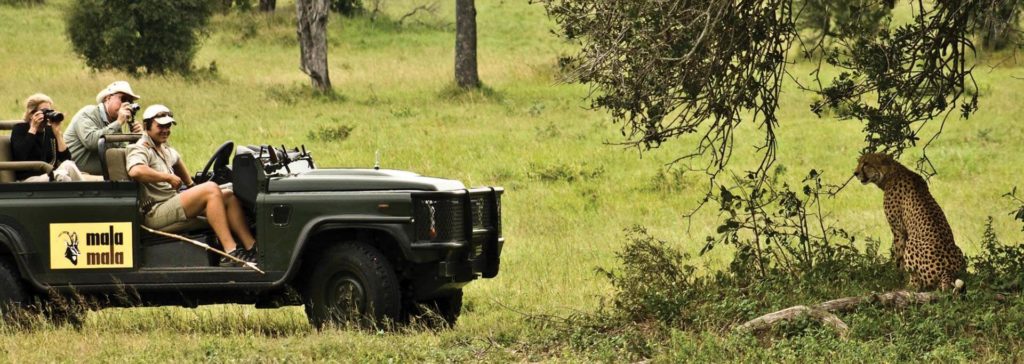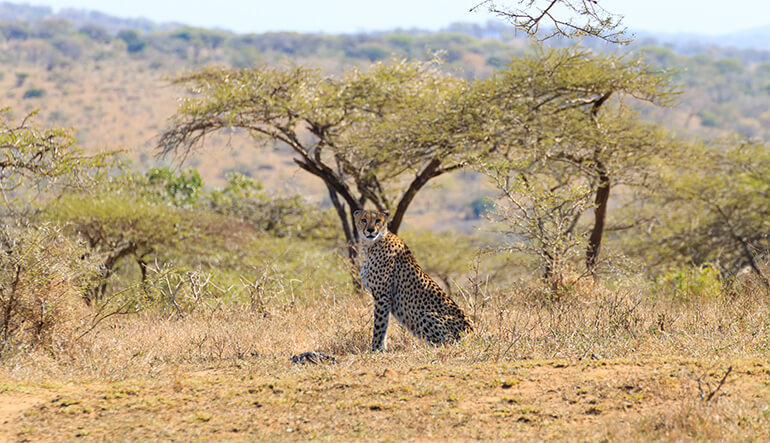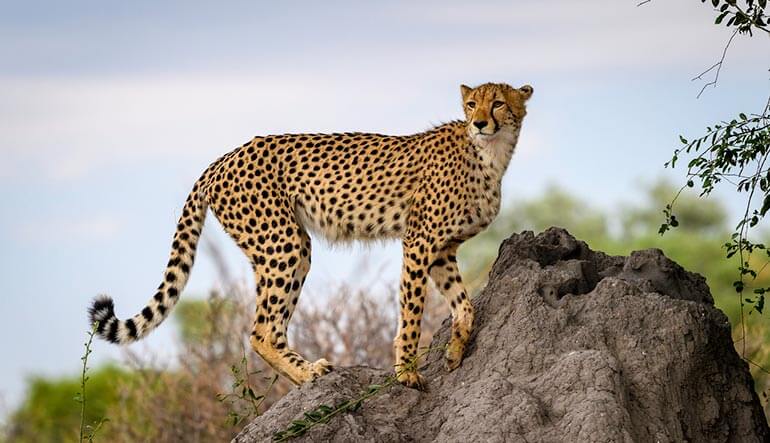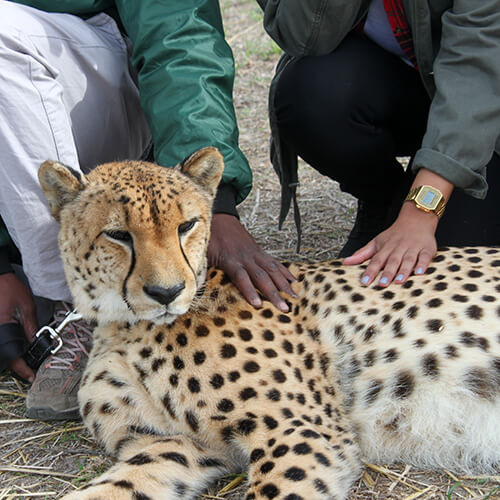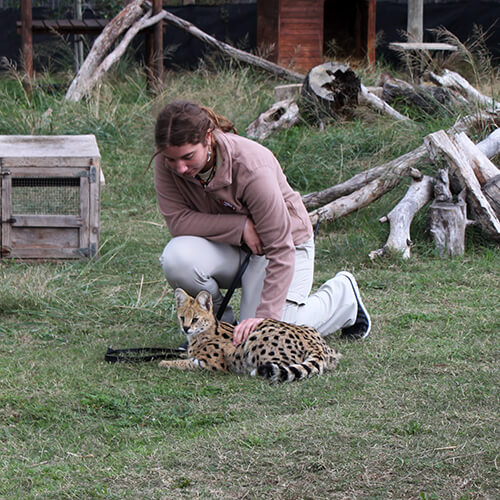Known as the world’s fastest land animal, the cheetah is a large feline that can run up to 120 km per hour.
Belonging to the family of big cats, cheetahs are comparatively smaller in size to their counterparts; tigers, lions and leopards; but what they lack in size, they make up in speed.
Find out why this fast cat is one of the most fascinating creatures to spot in the wild. Read on to learn fun facts about cheetahs.
Interesting Facts about Cheetahs
Historically, cheetahs were found throughout the African and Asian continents, however, today, most cheetahs can only be located in sub-Saharan Africa. The largest populations of cheetahs can be seen on various natural reserves or parks within Africa.
Cheetahs can be seen in plenty of vegetation, roaming throughout open grass plains, lush forests, savannah grasslands and semi-arid deserts. Cheetahs need plenty of space to roam and run after their prey. Cheetahs camouflage themselves in the grass while hunting prey and this is the reason why they are mostly found in areas that have thick vegetation.
Cheetahs have a coarse fur coat with prominent black dots on the upper parts of their bodies as well as a pale underbelly. A trademark feature of the species is the black “tear stripes” that run from the corner of their eyes down to the outer edges of their mouths. These are not just random markings, in actual fact, their purpose is to keep the sunlight out of their eyes. Cheetahs possess a lean, long-legged body built for speed. Designed to grip the grass floor, the cheetah has blunt non-retractable claws for traction.
Cheetahs are usually smaller in size than the other big cats. Generally shorter-bodied, cheetahs are tall and have a long tail ending in a bushy white tuft. A cheetah’s weight ranges from 34kg to 54kg, and their bodies grow between 1.1m to 1.4m. Their tail grows from 65 to 85 cm.
Cheetahs are carnivorous animals and depend on meat for survival. The diet of a cheetah generally consists of gazelles, wildebeest calves, impalas, and smaller animals which may include, birds, rabbits, antelopes and warthogs. The cheetah utilises its speed to hunt various prey that inhabits the area.
While cheetahs may be the fastest animal, sprinting at such high speeds uses a lot of energy. Typically, the cheetah chase usually only lasts around 20-60 seconds and is limited to 200-300m.
Cheetahs are social animals and are usually found in groups consisting of a mother, her young, siblings, or a coalition of males who live and hunt together. Adult females generally tend to be solitary and only meet with males to mate. Females can mate with several males in the space of a few days and have several fathers to their offspring. Female cheetahs raise their cubs in solitude. Once the cubs decide to leave the mother, they can decide to stay together for a number of months. Sometimes males live with a small group of brothers from the same litter for life.
Sadly, this beautiful animal is currently under threat due to habitat loss as well as conflict with humans. Today, an estimated population of 9000 -12000 cheetahs remain in Africa. The cheetah is currently classified as an endangered species, and the population is dwindling. Cheetahs have a long history of being hunted for their famous spotted coats in the fur trade, however, the real threat to cheetahs is due to habitat loss on an increasingly populated planet. Today, there are about 1,326 cheetahs in South Africa.
Cheetah Conservation in South Africa
The cheetah population is under treatment and the species’ numbers are dwindling. One organisation, Cheetah Outreach, is doing their best to protect the scores of the South African cheetah.
Situated in Paardevlei in Somerset West, Cheetah Outreach is an educational, community-based programme that aims to promote the survival of free-ranging South African cheetahs. Over the past 20 years, Cheetah Outreach has continued to protect the South African cheetah through education, research and initiatives that focus on solving the issues of human impact on cheetah conservation.
Visit the Cheetah Outreach Programme in Somerset West to learn about conservation efforts of the wild cheetah, various small wild cats and other animals. As well as learning about the organisation and their Anatolian shepherd dog project as well as the ways in which you can get involved in saving the cheetah population. You will also be able to get up close and personal with cheetahs that have been rescued and have a photograph with them.
Book a safari in South Africa!
If you want to view cheetah in the wild on safari and grab a picture of you with a rehab cheetah at Cheetah Outreach, get in touch with us and we’ll help you plan the best holiday in South Africa.
Book your bespoke itinerary to South Africa now and get up close and personal with these speedy felines.
Don’t forget to read our other Interesting Animal Facts posts on the elephant, pangolin, wild dog and lion.


